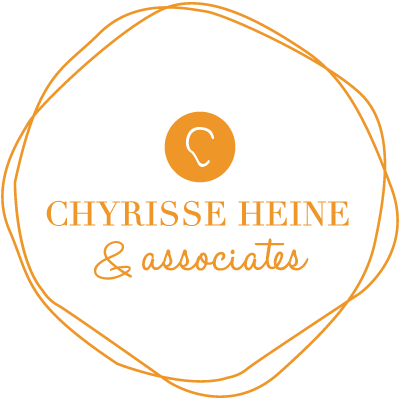Many children have speech, language and hearing difficulties which often impact on their communication with others, their education, socialisation, well-being and quality of life.
The first step to addressing communication difficulties is an initial consultation at Chyrisse Heine & Associates.
Areas of difficulty may include
Speech
Commonly known as pronunciation difficulty. This communication difficulty may be audible as a sound distortion, substitution or ommission (articulation error). Common articulation difficulties are production of a slushy ‘s’ sound or lisp, substitution of another sound for:
- the ‘r’ sound such as ‘wabbit’ for ‘rabbit’;
- the ‘th’ sound such as ‘baf’ for ‘bath’
- or the ‘l’ sound such as ‘yight’ for ‘light’.
Groups of speech sound disorders (phonological disorders) may also occur such as substituting a front sound for a back sound such as ‘tat’ for ‘cat’.
Language
Difficulty in this area may include difficulty understanding speech or difficulty expressing oneself using correct grammar and vocabulary. Difficulty may also be apparent with the non-verbal (spoken) aspects of speech (such as maintaining eye contact) which is necessary for interaction and communication with others.
Voice
Difficulty in this area may arise from a number of reasons for example, excessive shouting. The symptoms that may be apparent include for example hoarseness.
Fluency
Commonly known as stuttering and may include sound repetitions or word repetitions amongst other symptoms.
For developing children, some of these disorders may be age-appropriate, so if you are not sure whether your child has these difficulties or is acquiring speech and language at the normal rate, please make an appointment to see us.
Hearing
Any difficulty with hearing will prevent a person from hearing other people speak, accessing education and listening in the environment for warning signals. Examples of hearing disorders may include frequent middle ear infections, exposure to excessive loud noise or head injury.
